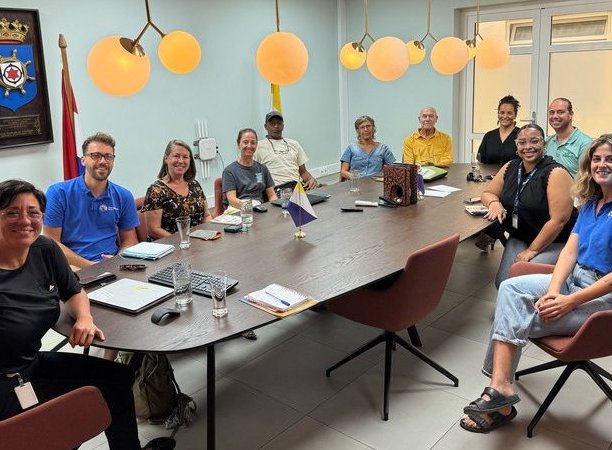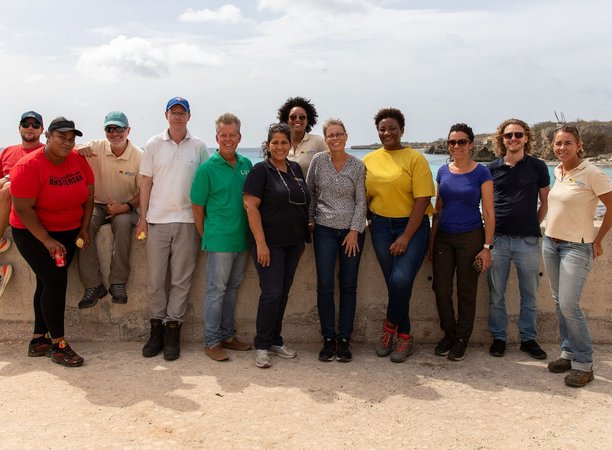Our island teems with hundreds of plant and animal species, both on land and in the sea. According to the Dutch Caribbean Species Register, there are a whopping 2,667 species calling our island home. Why does this matter? Well, because today, March 3, 2024, we celebrate World Wildlife Day!
What do we really know about all these species? Frankly, not much. Scientists are still discovering new species right here on our island. That alone already shows that our understanding is still in its infancy. But the flora and fauna that surround us hold immense value. After all, our island is a tourist destination. If we didn’t have corals and fish in the sea, we wouldn't be a diving paradise. And let's not forget that we are known as the Flamingo Island! More and more bird enthusiasts are discovering Bonaire as a bird paradise. We even use cacti to make rum and liquor! Nature is the driving force behind our economy. We live from nature. Nos ta biba di naturalesa.
Among these many hundreds of species are plants or animals that we are all familiar with, species that we consider to be strongly associated with Bonaire. Some of these animals and plants are rare or endangered, or found only on our island and nowhere else in the world. Some are important for our culture or for tourism. We call these “flagship species.” Flagship species are special animals or plants that help us get attention for conservation. They are often well known or strikingly beautiful, which makes people want to protect them.
First let’s look at some of our land-based flagship species. The flamingo and the lora (parrot) compete for the title of Bonaire's most famous bird. Parakeets are also found on other islands, but Bonaire's are truly unique. And what would Bonaire be without its columnar and globular cacti? Also typical of our island are pockwood (known locally as the “wayaká”), Brasil wood (“brasia,” pronounced “bra-see-ya”) and kibra hacha. We have known for several years that our “kabana,” the Bonaire palm tree, is truly unique. As for reptiles, iguanas and lizards are of course very Bonairean. And we must not forget the only indigenous mammals: bats.
In the sea, the frogfish, seahorses, sea turtles, dolphins, rays and sharks are naturally very popular with snorkelers and divers. And one species that could become extinct if we are not careful is the conch.
Some of our plant and animal species are protected. Not by STINAPA, as some people think, but by international treaties as well as by our own Executive Council. About sixty species are protected in this way, and this number may increase in the future because nature is going through a hard time. And yet, from time to time we still discover new animal or plant species, such as rare trees and new insects.

